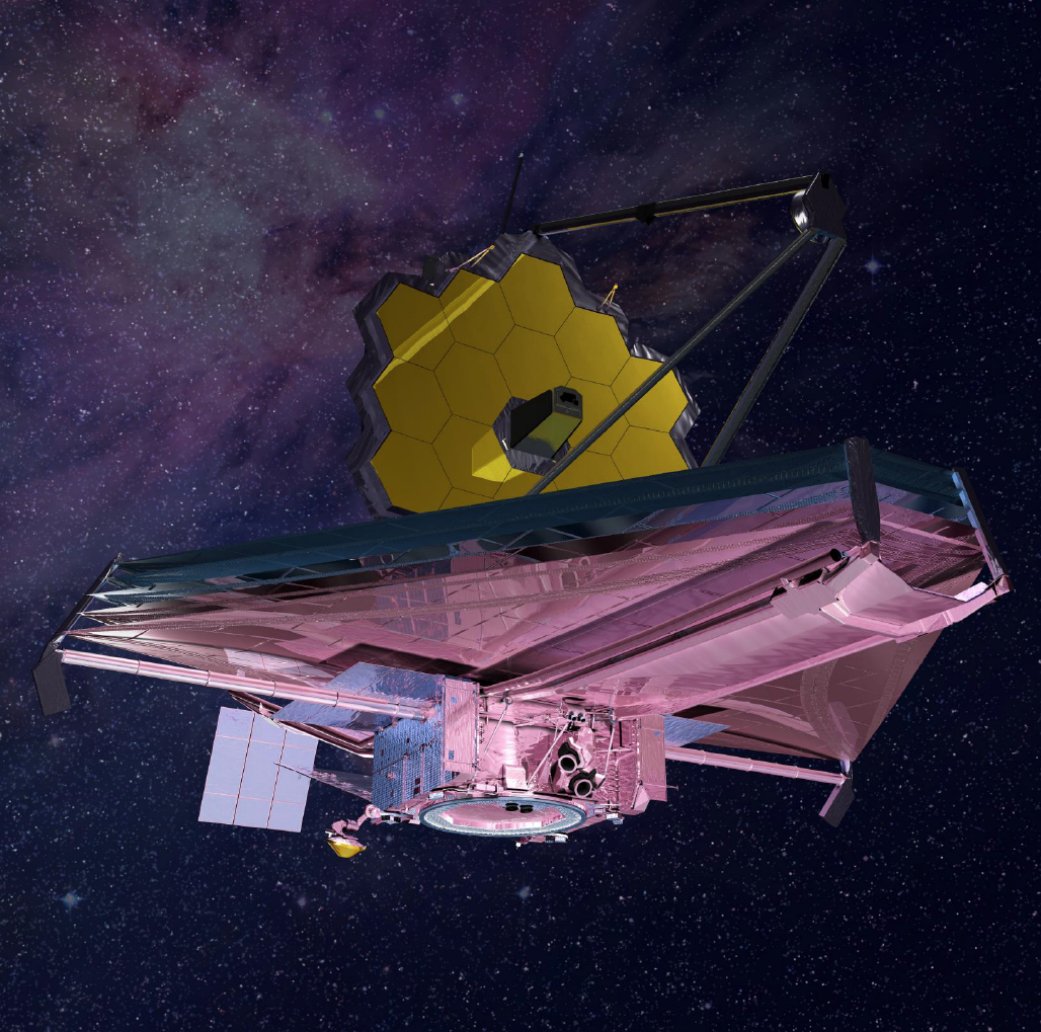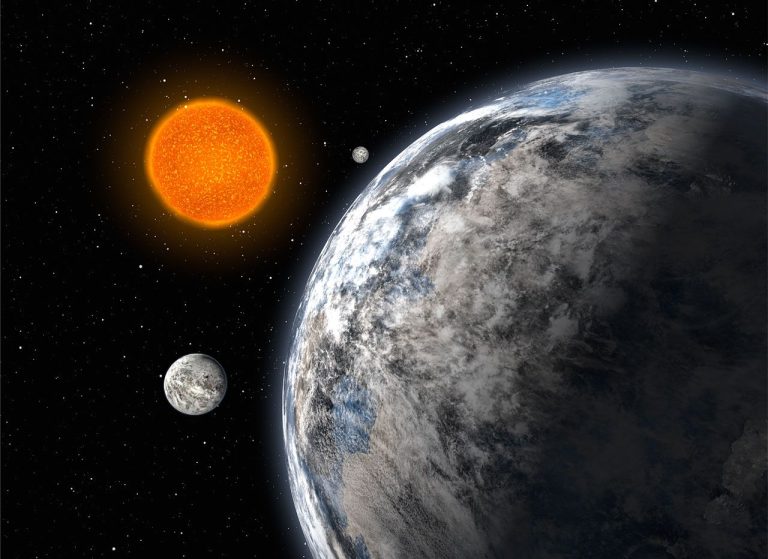Why Super-Earths Are Common Across the Galaxy—But Missing from Our Solar System
Super-Earths, planets with masses between Earth’s and Neptune’s, are found in large numbers across the Milky Way. Recent microlensing surveys reveal these worlds exist even in distant orbits once thought exclusive to gas giants, reshaping our understanding of planetary system diversity and formation.
Summary
- Super-Earths weigh roughly 2–10 times Earth’s mass and can be rocky or gas-enveloped.
- They are absent in our Solar System but abundant around other stars.
- Microlensing techniques detect Super-Earths at wide orbital distances (Earth–Saturn range).
- A recent Science study analyzed three times more microlensing events than prior work.
- Findings show Super-Earths are at least as common as Neptune-size planets.
- Many Super-Earths orbit in or near their stars’ habitable zones.
- Their stronger gravity and possible tidal locking create unique climates.
- Discovery methods include transit photometry, radial velocity, and microlensing.
- Microlensing excels at finding planets far from their stars.
- The Korean Microlensing Telescope Network (KMTNet) played a key role.
- Lead author Weicheng Zang highlighted surprising distant Super-Earths.
- The James Webb Space Telescope will probe their atmospheres.
- Super-Earth prevalence challenges Solar System–centric models.
- Future surveys (e.g., Roman Space Telescope) will expand detections.
- Understanding Super-Earths informs the search for life beyond Earth.

Main Article
What Are Super-Earths?
Super-Earths are exoplanets whose mass falls between that of Earth and Neptune, typically 2–10 times Earth’s mass. They may be predominantly rocky or possess thick gaseous envelopes, making them a diverse group of worlds. These planets are identified through various methods, including transit photometry, radial velocity, and gravitational microlensing. Their absence in our own Solar System makes them an intriguing subject for understanding how planetary systems form and evolve.
The Role of Microlensing in Discovery
Microlensing occurs when a foreground star and its planets pass in front of a more distant star, bending and amplifying its light. This effect can reveal planets at large orbital distances—roughly between Earth’s and Saturn’s orbits—where other methods struggle. A landmark survey led by Weicheng Zang and colleagues used microlensing data from KMTNet to detect dozens of Super-Earths in these wide orbits. This represented the largest sample of microlensing-detected planets to date, including planets up to eight times smaller than those in previous studies.
| Table 1: Typical Super-Earth Characteristics | |
|---|---|
| Mass Range | 2–10 Earth masses |
| Radius Range | 1.2–2.5 Earth radii |
| Orbital Distance | 0.1–10 AU (varies widely) |
| Composition | Rocky core with possible gas envelope |
| Atmosphere | Thin to thick; composition varies |
| Detection Methods | Transit, Radial Velocity, Microlensing |
Surprising Distant Orbits
Until recently, planets at Jupiter- or Saturn-like distances were assumed to be gas giants. The new study overturned this by finding Super-Earths in similar orbits. One notable detection, OGLE-2016-BLG-0007, orbits its star at a distance comparable to Saturn’s orbit yet has only a few times Earth’s mass. This challenges models predicting only massive planets could form so far from a star.
Implications for Planet Formation
The abundance of Super-Earths at wide separations suggests that planet formation is efficient at creating mid-mass worlds across diverse environments. Traditional core-accretion models must account for these findings, as smaller cores evidently form and survive far from the host star. The presence of Super-Earths where only gas giants were expected indicates that disk properties and migration processes vary more than previously thought.
Habitability Potential
Many Super-Earths reside in or near the habitable zone, where liquid water could exist. Their stronger gravity may retain thicker atmospheres, which could support greenhouse warming or shield surfaces from radiation. However, tidal locking—where one side always faces the star—could create extreme temperature contrasts. Understanding their atmospheres is critical to assessing habitability. Upcoming observations with the James Webb Space Telescope will probe atmospheric composition and climate patterns on these worlds.
Comparing Detection Techniques
| Detection Method | Strengths | Limitations |
|---|---|---|
| Transit Photometry | Measures planet size; good for close-in planets | Biased toward short orbits; needs alignment |
| Radial Velocity | Measures planet mass; works for various orbits | Less sensitive to small planets; stellar noise |
| Microlensing | Finds distant planets; sensitive to low masses | One-time events; difficult follow-up |
Future Surveys and Missions
The Nancy Grace Roman Space Telescope will conduct a microlensing survey with greater sensitivity, expected to detect thousands of new Super-Earths. Combined with continued JWST atmospheric studies, researchers aim to map population statistics and climate properties. Ground-based efforts, like upgrades to KMTNet and new telescopes in development, will further refine mass and orbit measurements. Together, these programs will illuminate the full diversity of Super-Earths.
The discovery that Super-Earths are common, even in orbits once thought exclusive to gas giants, transforms our view of planetary systems. These mid-mass worlds challenge formation theories, expand the inventory of potentially habitable planets, and highlight the need for diverse detection methods. As new telescopes come online, the census of Super-Earths will grow, bringing us closer to understanding our place in a galaxy teeming with varied planets.
Facts
- A Super-Earth’s day could last just a few hours or hundreds of days, depending on its orbit and rotation.
- Some Super-Earths may have diamond-rich interiors if carbon is abundant.
- Rogue Super-Earths (not bound to any star) could drift through interstellar space.
- The heaviest known Super-Earth is about 10 times Earth’s mass.
- Super-Earths can have rings or moon systems like giant planets.
References
- Zang, W., Jung, Y. K., et al. “Microlensing events indicate that super-Earth exoplanets are common in Jupiter-like orbits.” Science, DOI:10.1126/science.adn6088 EurekAlert!
- “Astronomers Find Far-flung ‘Super Earths’ Are Not Farfetched.” Harvard–Smithsonian Center for Astrophysics. Center for Astrophysics
- “Super-Earths are common outside the solar system, new study shows.” Phys.org. Phys.org
- “Astronomers discover super-Earth exoplanets are more common in the universe.” Space.com. Space
- “New study finds Super-Earths are more common than previously thought.” Tech Explorist. Tech Explorist
- “Super Earths Are Pretty Common. We Just Don’t Have One.” Universe Today. Universe Today
- “Scientists find icy Super-Earths.” Ars Technica. Ars Technica
- “Super-Earths Found to Be Common in the Universe.” Labroots. Labroots
- “Scientists discover ‘super-Earth’ in a distant orbit.” Knowridge. Knowridge Science Report

